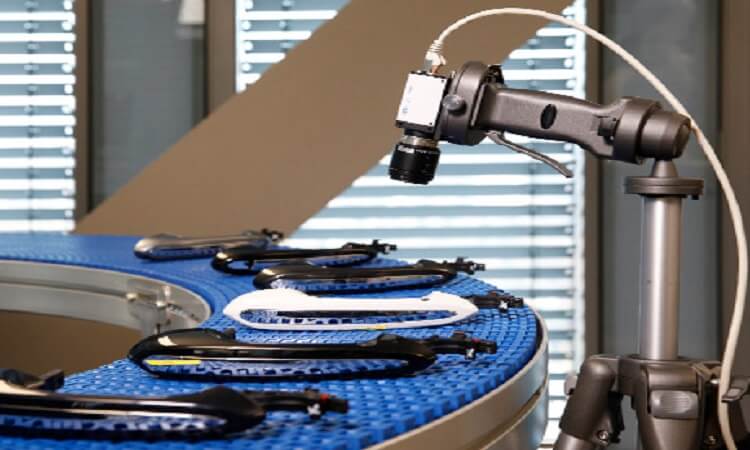
Inspector Watson Does Quality Control
19 Nov,2017
Artificial intelligence makes our phones more responsive, drives our cars, and humiliates us at our favorite games. And that’s just the beginning. The technology will soon worm its way into every aspect of life—including the world of manufacturing.
Thanks to the deep learning capabilities of IBM’s Watson-based Cognitive Visual Inspection, humans may no longer need to stand next to assembly lines, deciding which products are deemed acceptable and which are not.
Watson, IBM’s response to the Turing test, a method of probing a machine’s intelligence, answers questions in a Q & A format. In 2011, it appeared on “Jeopardy!”, trounced its human competitors, and earned $1 million dollars. Since then, it’s been put to use as the engine behind software that will help doctors diagnose, shoppers shop, and educators educate, among other things. It also powers IBM’s CVI on the assembly line. By analyzing images fed to it from ultra-high definition cameras, Watson is now helping manufacturers flag defective parts.
To identify a bad part, model managers and data scientists compile a library of images representing both ‘good’ and ‘not good’ parts. They feed those images to the Visual Inspection system to train Watson to recognize the ‘not good’ parts, says Jiani Zhang, program director for IBM Watson Internet of Things. Characteristics of ‘not good’ could include missing components on a circuit board, paint bubbles, surface scratches, corrosion, or mislabeled items.
But Watson doesn’t just refer to a static catalog of potential defects. As it analyzes products, Watson gets smarter, learning more and more about what’s good and what’s bad. To do so, it needs a pair of eyes of the blood and flesh kind.